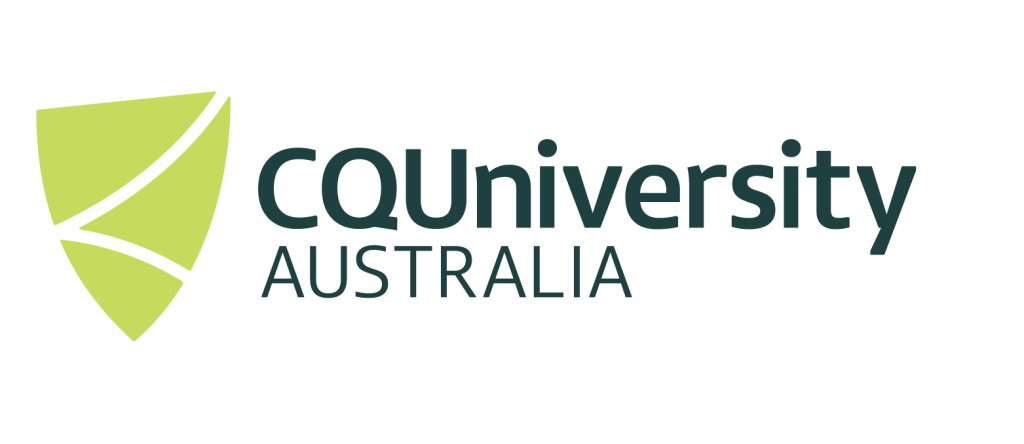eResearch Security: MFA and Cybersafety
CQUniversity is committed to the security of your personal, student details and research data. In response to the current cybersecurity environment, we have introduced Multi Factor Authentication (MFA) as an extra layer of security for our research student accounts. We also encourage all students to be CyberSafe by following our recommended CyberSafe actions below.
Multi Factor Authentication
MFA is a quick and easy way to protect your data right at the point of login. It keeps your details and data safer because it requires more than one form of verification to be granted access to a system or application, your email address and password plus either a request (yes or no response) or a passcode sent to your mobile phone. This extra step in the verification process means that even if your username and password is stolen or breached, there is a second security barrier on your personal and research data.
MFA User guides
Read the PDF guides below and follow all steps to complete the MFA registration process. You can choose to register for MFA via the Microsoft Authenticator app OR SMS code.
- How to Register your Phone for MFA – this guide details registration with both the Microsoft Authenticator app and SMS code methods.
- The App is RECOMMENDED for all smart phone users. Has a more secure set up and easier Yes/No verification.
- SMS code –the only option for users who do not have a smart phone. A 6-digit pin must be entered to verify.
- Got questions? Please contact TaSAC – tasac@cqu.edu.au
Recommended CyberSafe Actions
- Using a Strong Password: Choosing an unique and strong password is important. Avoid using common words such as ‘password’, ‘login’, etc. for passwords and never share your passwords. Passwords should be changed periodically, if you want to change or reset your password please contact the Technology and Services Assistance Centre (TaSAC).
- Use secure file storage for Research Data: Management of research data is crucial. Using CQU Research Data Storage facilities help you store and share data securely.
- Report Suspicious Activity: If you notice any suspicious activity on your computer or CQUni account, report the incident to TaSAC immediately, change your password and shut down the computer immediately.
- Computer Software Updates: Keep your device updated with improved, safer or new operating systems, applications, anti-virus software and browsers like Google, Firefox, Safari, etc. CQUniversity devices are updated automatically and will be prompted for a reboot or restart, so kindly reboot your devices and install the updates.
- At home: Creating and securing multiple backups of important data is essential. Precautions should be taken while sharing devices with others including family, friends, etc. You can also access this Working from Home checklist which gives you suggestions to minimise cyber risks at home.

